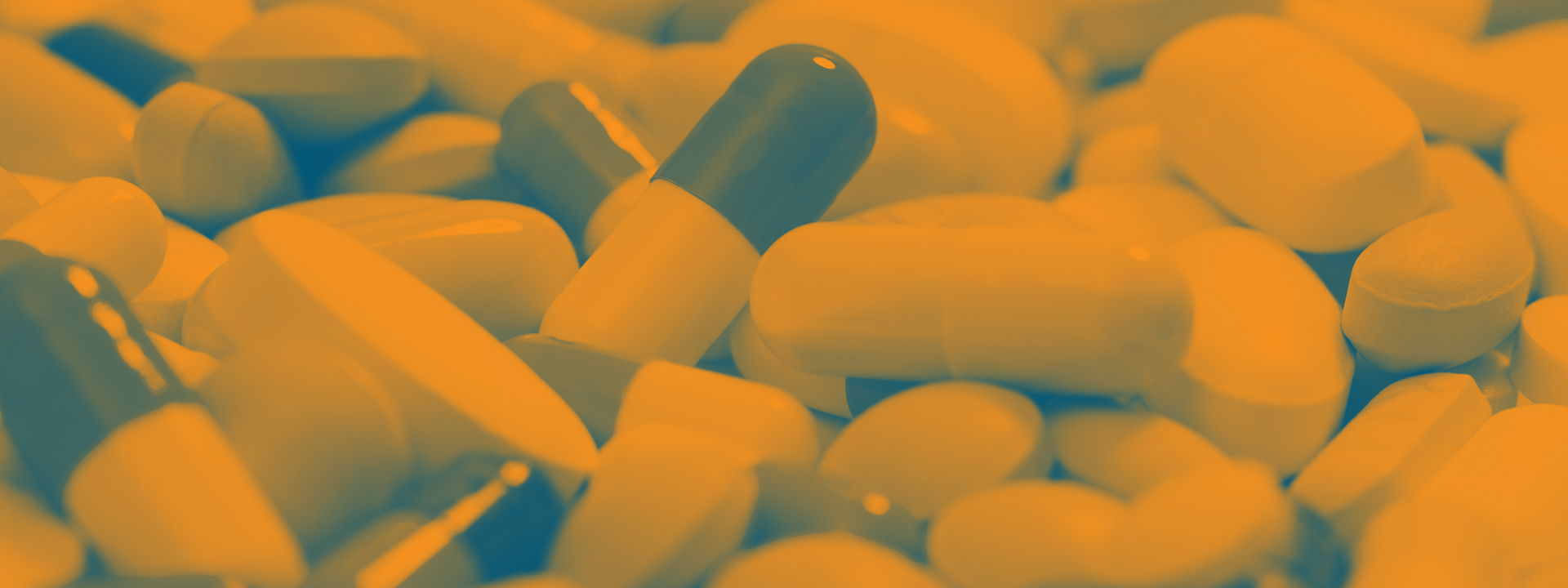Electronic prescribing has been referred to as an early use case for interoperability—and there’s truth to that. But while Surescripts is best known as an e-prescribing network, the reality is that e-prescribing is just a part of what we do.
The advent of e-prescribing ushered in broad adoption of electronic health records (EHRs), which made clear the need for an interoperable network that could handle the nation’s medication and clinical information at scale. What we learned in the process became the basis for the Surescripts Network Alliance®, and the work we’re doing together to serve the nation with lower costs, higher quality and better safety.
As we prepare to publish our 2019 National Progress Report early next year, here are two myths busted in our 2018 report:
1. Electronic prescribing and interoperability are great, but providers still have to get on the phone or send a fax to coordinate care.
Healthcare professionals are using technology to securely, efficiently and electronically coordinate care—right within their EHR workflow.
Surescripts is innovating to address inefficiencies in the e-prescribing process by driving greater adoption of RxChange and CancelRx, as well as Real-Time Prescription Benefit and Electronic Prior Authorization.
For example:
- RxChange gives pharmacists an easy way to electronically request a change, clarification or prior authorization from the prescriber, which saves time and resources while increasing patient medication adherence, safety and satisfaction. In 2018, prescriber enablement for RxChange increased by nearly 200%.
- Prescribers are now able to cancel a prescription quickly, easily and before the patient is impacted, which is key to prescription accuracy and patient safety. Utilization of the CancelRx transaction increased by 210% in 2018.
- Prescription price transparency offers patients and prescribers the power of informed decision-making at the point of care. It improves outcomes, reduces costs, increases medication adherence and enhances the care experience between doctor and patient. Provider use of Real-Time Prescription Benefit increased 1,338% in 2018.
Further, a growing number of healthcare providers and organizations—more than half a million in all 50 states and Washington D.C.— are using Clinical Direct Messaging built with the Direct protocol as a secure, HIPPA-compliant means to exchange critical patient information. That’s a 13% hike over 2017. And in 2018 alone, healthcare providers—including those at nearly 24,000 pharmacies—used the solution to transmit 31.44 million messages, or more than 86,000 every day.
2. Digitized health information is a good thing, but providers can’t consume the data they receive in their EHR, so it doesn’t make much of an impact at the point of care.
Healthcare professionals are using technology to make better informed healthcare decisions, thanks to the ability to access and exchange patient health information nationwide through a single connection at the point of care.
In 2018, healthcare providers exchanged 99 million care location summaries using Surescripts Record Locator & Exchange—a 52% increase over 2017. The solution generated 108 million links to clinical document sources (+586%) and adoption more than doubled (+105%) with 106,000 clinicians representing 4,680 active healthcare organizations (+50%) across all 50 states and Washington, D.C.
More than massive amounts of data, this tool presents actionable intelligence that can be quickly and easily consumed in the moment. And care teams continue to access it for a more complete and accurate picture of their patient’s clinical history—right within their EHR.
Here’s a snapshot of how healthcare providers in the field are using the actionable intelligence provided by Record Locator & Exchange:
- Primary Care: After a primary care physician accessed a patient's previous CT scan results, she increased the urgency of treatment and referred her patient to a lung cancer specialist.
- Quality of Care: A primary care provider used the solution to identify specialists who had cared for patients with chronic diseases and ensured they received recommended screenings such as retinal exams for diabetes patients.
- Emergency Care: A triaging emergency department physician learned of his patient’s serious cardiovascular disease and ordered immediate transfer to the university hospital for aggressive treatment.
- Care Coordination: When a transplant coordination team reviewed records for a new patient with lupus, they learned she had previously been diagnosed with a blood clot in her heart and added blood-thinning medication to her treatment plan.
The experience gained and the relationships forged from our roots in e-prescribing are the same ones the Surescripts Network Alliance depends on today. More than just purveyors of technology and the network upon which it operates, the nature of our purpose—to serve the nation with the single most trusted and capable health information network—hinges on our unique and time-tested ability to bring people together.
Over the past 18 years, we have removed friction and built trust. And with each new advancement, we ask ourselves how and where we can bring our expertise to bear for the greatest positive impact. It’s this primary concern for patients and the providers who care for them that is the foundation for our continued innovation.
Learn more about our solutions that help enhance prescribing and inform care decisions by enabling care providers to work together as a team.


 Dean Riggott Photography
Surescripts
Dean Riggott Photography
Surescripts


